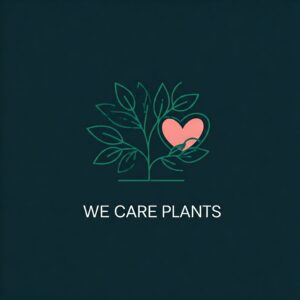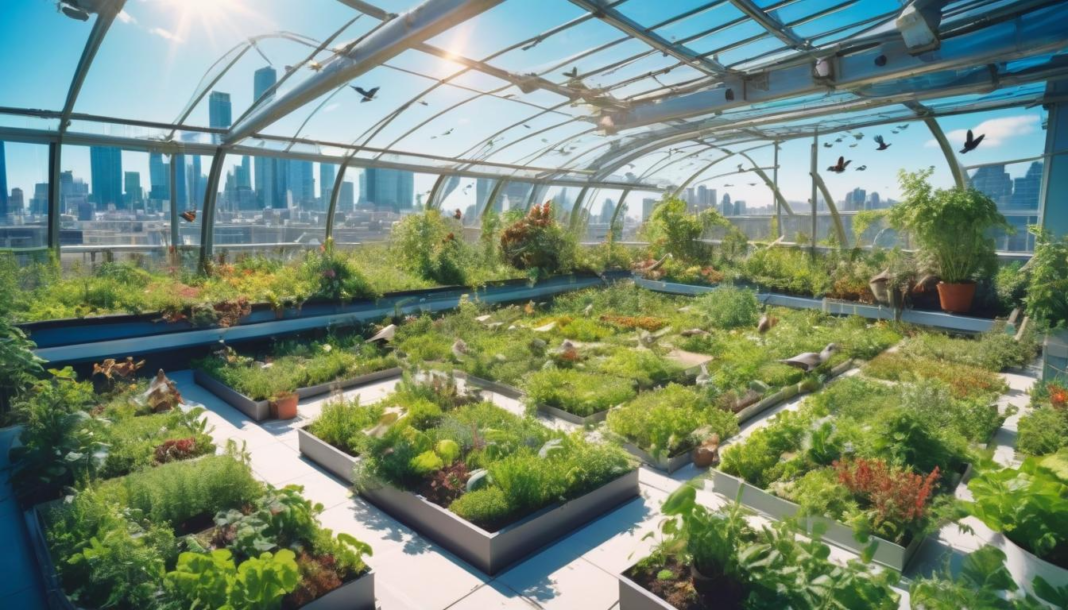Roof Garden and Sustainable City: Undetachable link
In the face of rapid urbanization and climate change, cities are grappling with rising temperatures, air pollution, and dwindling green spaces. Enter roof gardens—a transformative solution that not only beautifies urban landscapes but also plays a critical role in creating sustainable cities. From reducing the urban heat island effect to improving air quality and promoting biodiversity, roof gardens are more than just a trend; they are a necessity. In this article, we’ll explore why roof gardens are essential, how to create and maintain them, and the best plants to get started.
Why Roof Gardens Matter for Sustainable Cities
1. Combatting the Urban Heat Island Effect
Cities are often significantly warmer than their surrounding areas due to the abundance of concrete and asphalt. Roof gardens act as natural insulators, reducing heat absorption and lowering building temperatures. This not only makes cities more livable but also reduces energy consumption for cooling.
2. Improving Air Quality
Plants are natural air filters. By absorbing carbon dioxide and releasing oxygen, roof gardens help mitigate air pollution, a growing concern in urban areas.
3. Promoting Biodiversity
Roof gardens provide habitats for birds, insects, and other wildlife, fostering urban biodiversity and creating a healthier ecosystem.
4. Stormwater Management
Green roofs absorb rainwater, reducing runoff and the risk of flooding. This is especially important in cities with outdated drainage systems.
How to Create a Thriving Roof Garden
Selecting the Right Plants
Choosing the right plants is crucial for a successful roof garden. Opt for species that are hardy, low-maintenance, and suited to your local climate. Here are some easy-to-care-for options:
- Sedums (Stonecrop): These succulent plants are drought-resistant and thrive in shallow soil, making them perfect for green roofs.
- Lavender: Known for its fragrant blooms, lavender is drought-tolerant and attracts pollinators like bees and butterflies.
- Ornamental Grasses: Species like blue fescue or feather reed grass add texture and movement to your garden while requiring minimal care.
- Herbs: Rosemary, thyme, and oregano are not only practical for cooking but also resilient and low-maintenance.
Understanding Light Requirements
Before selecting plants, assess the amount of sunlight your roof receives. Full-sun plants like lavender and sedums need at least 6 hours of direct sunlight daily, while shade-tolerant plants like hostas or ferns thrive in low-light conditions.
Soil Types and Drainage
Roof gardens require lightweight, well-draining soil to prevent waterlogging and reduce structural load. A mix of sandy soil, compost, and perlite is ideal. Ensure your roof has proper drainage systems to avoid water accumulation.
Proper Watering Techniques
While many roof garden plants are drought-tolerant, regular watering is essential during the establishment phase. Drip irrigation systems are a great option for efficient watering, especially in larger gardens.
Common Indoor Plant Care Mistakes to Avoid
Even experienced gardeners can make mistakes. Here are some pitfalls to watch out for:
- Overwatering: Too much water can lead to root rot. Always check the soil moisture before watering.
- Ignoring Light Needs: Placing a sun-loving plant in a shady spot (or vice versa) can stunt its growth.
- Using the Wrong Soil: Heavy garden soil can suffocate roots. Opt for lightweight, well-draining mixes.
- Neglecting Pest Control: Regularly inspect your plants for pests like aphids or spider mites and address issues promptly.
Real-World Examples of Successful Roof Gardens
The High Line, New York City
This elevated park built on a historic rail line is a prime example of how green spaces can transform urban areas. It features a diverse range of plants, from perennials to shrubs, and has become a model for sustainable urban design.
Chicago City Hall
Chicago’s City Hall boasts a 20,000-square-foot green roof with over 150 species of plants. It has significantly reduced the building’s energy costs and serves as a living laboratory for urban agriculture.
Conclusion: A Greener Future Starts with You
Roof gardens are more than just a aesthetic addition to urban landscapes—they are a powerful tool for creating sustainable, resilient cities. By selecting the right plants, understanding their needs, and avoiding common mistakes, you can create a thriving green space that benefits both you and the environment.
Ready to take the next step? Explore our other blogs on wecareplants.com for more tips on sustainable gardening, plant care, and urban greening. Together, we can make our cities greener, healthier, and more sustainable—one roof at a time.

